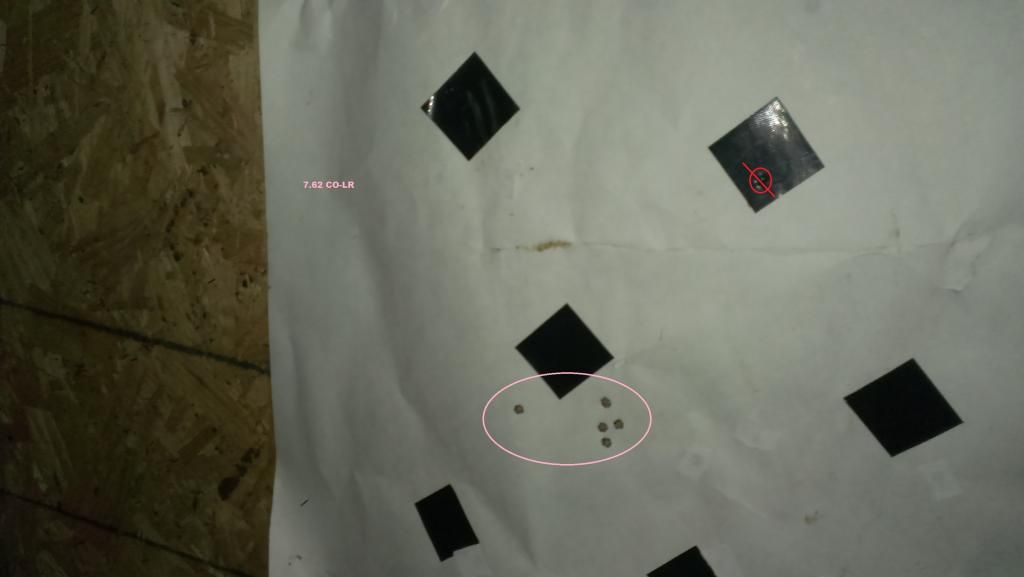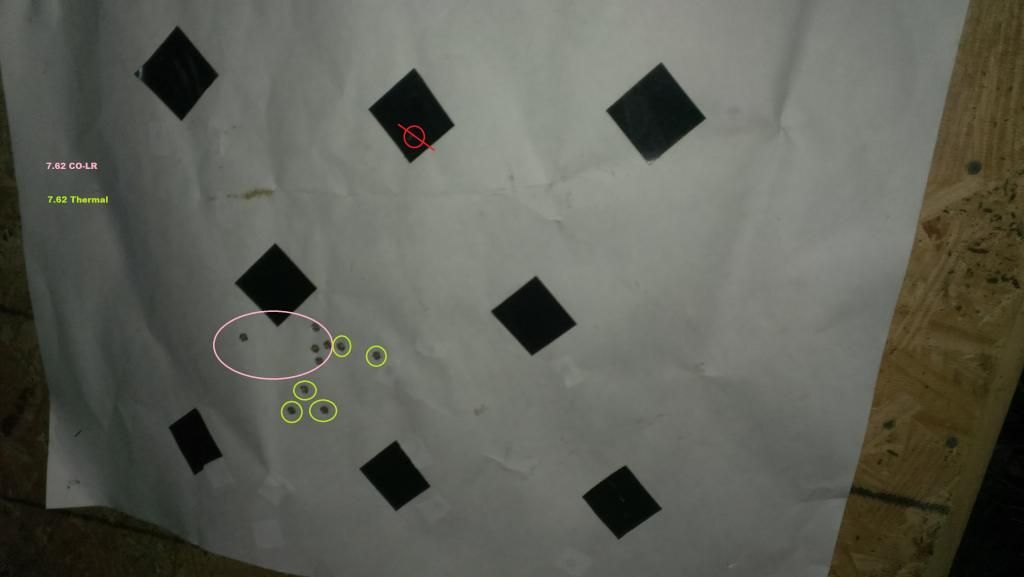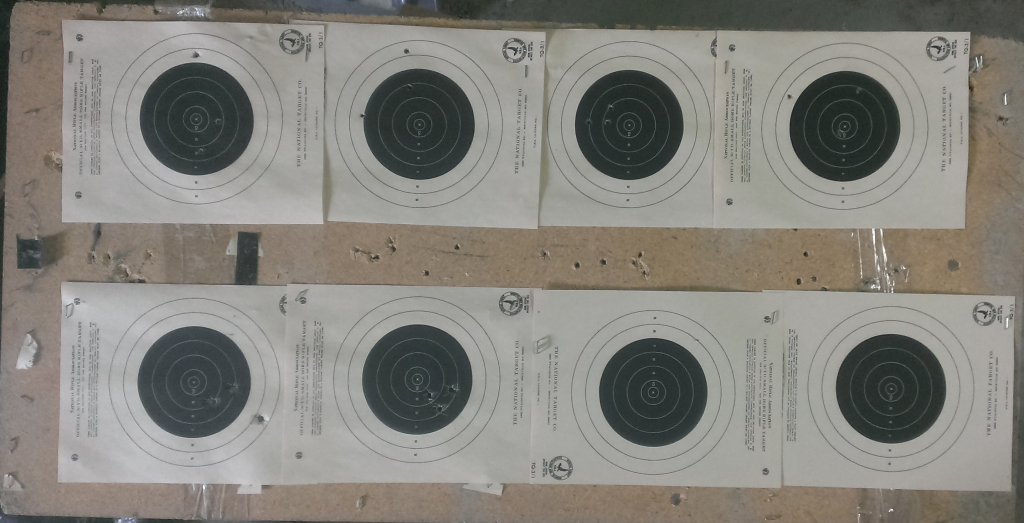I concur with Sterling. All this record keeping business, the addition of the check this, average that, rigmarole is (IMHO) far more of a distraction than a help. If you can find this process in a book somewhere, let me know where to find it, it's new to me. I go to the range to perfect my marksmanship, not my accounting. You would do as well or better with a coach than a spreadsheet.
You will never, ever, see me doing such things. My record keeping system consists of targets annotated with pertinent info pertaining to rifle, environment, and ammo specs. What you need to know can be quickly gleaned using the Mark I eyeball and a Dial Caliper. The target never misspeaks.
To learn how to shoot, shoot. I mention a coach, but that can be as simple as teaming up with a shooting partner and taking turns observing and advising each other. I am not talking about the blind leading the blind; but rather, two peers sharing the study and practice processes together.
You read and discuss the basic info, working out a consensus about what is being conveyed. Then, you put it into practice, taking turns applying the knowledge as the other observes and suggests the rights and the wrongs being demonstrated.
When you think of yourself as an expert, you're probably wrong; I know I am. There's always something more to learn about the process and about oneself. Periodic reacquaintance with one's basic roots is an essential.
Greg
You will never, ever, see me doing such things. My record keeping system consists of targets annotated with pertinent info pertaining to rifle, environment, and ammo specs. What you need to know can be quickly gleaned using the Mark I eyeball and a Dial Caliper. The target never misspeaks.
To learn how to shoot, shoot. I mention a coach, but that can be as simple as teaming up with a shooting partner and taking turns observing and advising each other. I am not talking about the blind leading the blind; but rather, two peers sharing the study and practice processes together.
You read and discuss the basic info, working out a consensus about what is being conveyed. Then, you put it into practice, taking turns applying the knowledge as the other observes and suggests the rights and the wrongs being demonstrated.
When you think of yourself as an expert, you're probably wrong; I know I am. There's always something more to learn about the process and about oneself. Periodic reacquaintance with one's basic roots is an essential.
Greg
Last edited:







